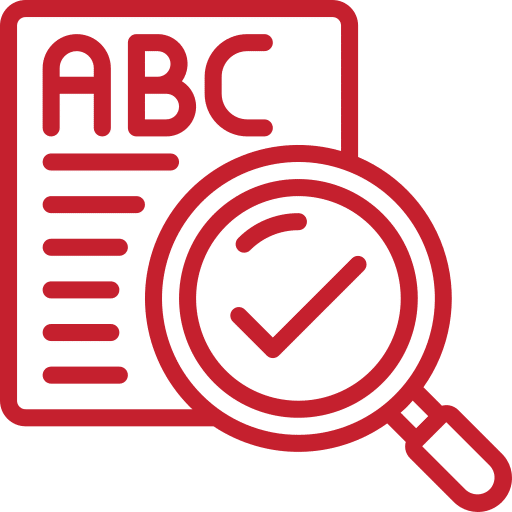As one of Perth’s top recruitment agencies we strive to match up employers with the best possible candidates for their business. A big part of our job working with candidates is responding to the question ‘how can I improve my CV?”.
We’ve put together some info on what we believe constitutes a strong CV. This is part 1 of a 2 part series, and will cover basics not specific to content.
What does your CV do?
This is always our first question. Most answers we receive are something along the lines of ‘a description of my working history’. Wrong.
Your CV is so much more. Any candidate who has received advice from us on this topic gets fed this exact line:
Your CV is a marketing tool.
Think about it. You want your CV to get you the phone call, the interview, the JOB. The very purpose of this document is to sell you. Now that we have our sales caps on, lets start with the basics. These all need to be top notch and are my sincere recommendations to help you land that interview:

Program
We suggest writing your CV in Microsoft Word. Why? There are fonts and formatting that may not directly translate to Word, which means that when the receiver opens your CV, it comes up a sloppy mess. MS Word is your safest bet.

Spelling & Grammar
It is so important to spell check. Run one on your computer, then print your CV and go through it yourself with a highlighter. Then give it to your nearest smarty-pants for an additional once-over. There are grammatical errors that your computer may not pick up. We’d also steer clear of colloquial language and acronyms.

Font
Think simple, clean, easy to read. Calibri or Arial is best in our opinion. Not too small, but not too big. CV’s I pass on to my clients are 10pt with 12pt headings. There’s no need for an array of colours either. Use size and bold functions to highlight headings or important information.

Design
Again. Simple. There are no need for fancy colourful headers, information in margins or pictures & cover pages. Your CV is not your graphic design portfolio. It also makes it difficult for recruiters and hiring managers who may want to draw information from your CV or exclude your personal details when sharing with other staff members.

Formatting
Linked to design. Make sure the formatting of your content is consistent and easy to digest. Use the same font, bullet points, indents, spacing and margins throughout its entirety. We see so many CV’s whose authors have just done a dump of their most recent job in a different font, structure and format. It’s not pretty. Also, use the ‘Tab’ function instead of the space bar. If you are unfamiliar with this magical key, we urge you to open word and test it out as it will also save you a lot of time.

Tables
Tables can be a very effective way of relaying information. I often encourage inclusion of these for certain purposes (more in part 2). Using tables to format all of your content and then hiding all the borders is not something we encourage. Reserve tables for skills matrices, not your employment history. It can also make it difficult for receivers of your CV to use it.

Headers & Footers
We don’t think these are necessary. A good CV is a concise and to the point document. We don’t need to see your name and phone number on every page – this information is best placed at the top of the first page and doesn’t need to be repeated. The only exception to this, in my books, is page numbers.

Submit in Document Format
If you’ve followed our above tips, your CV should be a clean, nice to look at document with excellent structure and formatting. This means you won’t need to hide your excessive use of the space bar or hidden tables by converting your document to a PDF. Internal & Agency recruiters often strip personal details from CV’s before (with your permission of course) sharing them with clients and internal decision makers. Document format makes this easy.
A well structured CV will go a long way in marketing you to your next employer
Although some may seem trivial, we guarantee that these are still important factors in building you a CV that will sell you well. Where was the last JD or Advertisement you read that didn’t include ‘verbal and written communication skills’ or ‘attention to detail’ as a prerequisite? A well structured CV that is thought out and free of these trivial errors is going to go a long way in marketing you to your next employer.
Stay tuned for our next instalment. In the mean time feel free to comment, share and include your own thoughts, experiences and insights surrounding CV’s – as a reader and writer!
We’re Perth’s recruitment experts.
Check out what the Sense Recruitment team are working on by looking at our live jobs.
Perth Job ListingsRelated Articles
Structuring your CV for Success – Keywords are King
The industries I work across in Perth have taken a huge hit resulting in a...



